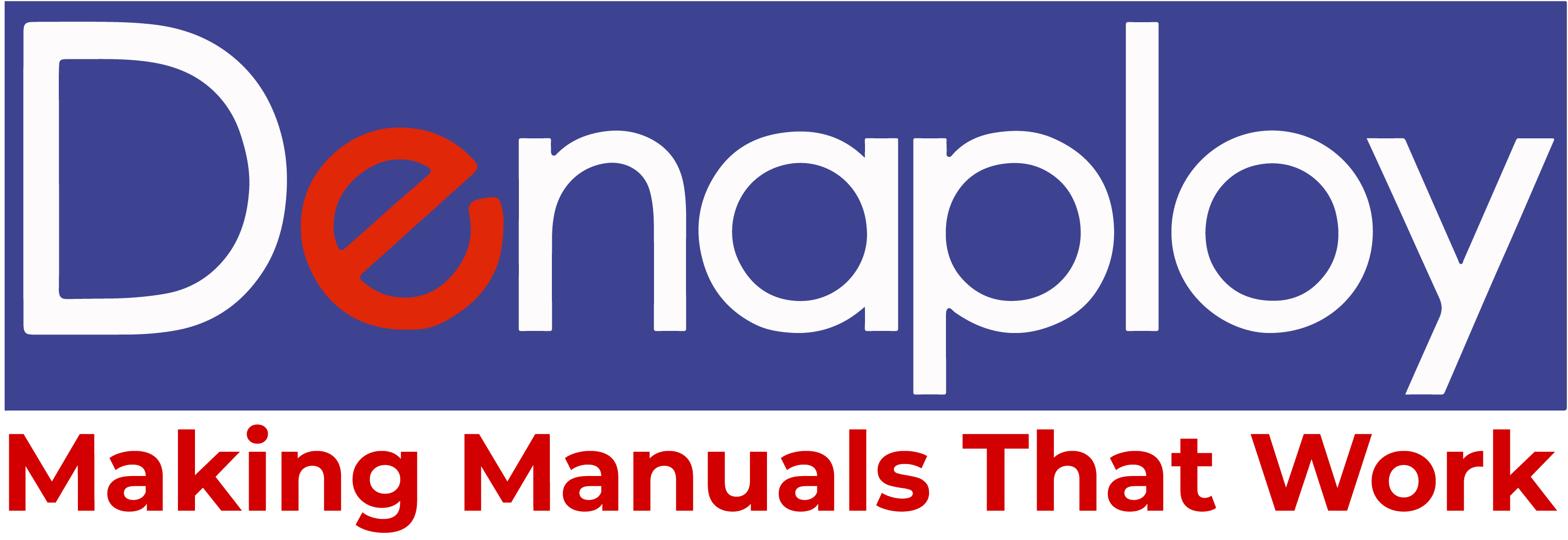Key Aspects of the Future Homes Standard
1. Energy Efficiency:
- The standard mandates that new homes feature advanced insulation, air- tightness, and low-carbon heating systems like air source heat pumps. Gas boilers were to be phased out or new homes by 2025, although this has not been fully confirmed and remains under consultation.
2. Building Regulations Enhancements:
- Part L (Conservation of Fuel and Power): The 2022 regulations saw a 31% uplift in energy efficiency requirements, pushing builders to adopt more sustainable practices.
- Overheating Mitigation: There’s now a critical emphasis on planning for overheating during the design phase, as retrofitting solutions later can be costly and ineffective.
3. Documentation and Compliance
- The new regulations require comprehensive documentation, including photographic evidence at each stage of construction to ensure compliance with design specifications. Every dwelling must now be individually assessed and air-tested, rather than just a sample.
Progress by 2024
What’s Working:
• Energy Efficiency Improvements: Many builders have adopted new technologies, improving the energy efficiency of new homes. The installation of heat pumps and solar panels has increased significantly, aligning with the standard’s goals.
• Overheating Mitigation: Compliance with new overheating regulations has been positive, with builders incorporating natural ventilation, shading, and other cooling techniques into designs.
Challenges:
• Gas Boiler Phase-Out: The proposed ban on gas boilers in new homes by 2025 has been delayed. The government is still consulting on whether it is feasible or appropriate, creating uncertainty in the industry.
• Documentation Burdens: The increased documentation requirements have added significant administrative burdens, particularly the need for detailed photographic records and geo-tagging.
Stalled Initiatives:
• Gas Network Connection Ban: The decision to prevent new homes from connecting to the gas network is still under consultation, leading to delays in finalizing building plans that comply with this aspect of the standard.
What’s Next: The Path to 2025 and Beyond
As we move closer to 2025, the following developments are expected:
1. Clarification on the Gas Boiler Ban: The government is expected to finalize its stance on the gas boiler ban in new homes. This decision will be crucial in determining how builders approach heating solutions in new developments.
2. Enhanced Embodied Carbon Regulations: There may be stricter regulations regarding the embodied carbon in construction materials, pushing for more sustainable sourcing and the use of recycled materials.
3. Strengthening of Compliance Measures: Future regulations may introduce even more stringent requirements for documentation, with possible penalties for non-compliance, ensuring that all aspects of the Future Homes Standard are rigorously enforced.
Impact on the UK’s Net Zero Plan
The Future Homes Standard is a cornerstone of the UK’s strategy to achieve Net Zero by 2050, with the built environment accounting for a significant portion of carbon emissions. However, the delays in implementing certain aspects of the standard, particularly the gas boiler ban, could hinder progress. If these issues are not resolved swiftly, the UK may struggle to meet its interim targets by 2030, potentially pushing back the ultimate goal of Net Zero.
Conclusion
The Future Homes Standard represents a bold step towards
sustainable construction, but the road to 2025 is fraught with challenges.
While significant progress has been made, the success of the standard—and the
broader Net Zero goal—depends on resolving outstanding issues, particularly
around heating solutions and compliance burdens. As the deadline approaches,
the construction industry must adapt quickly to these evolving standards to
ensure that the UK’s homes are truly fit for a sustainable future.
 Want help with your end of project documentation? We have you covered. Denaploy is the Construction Industry’s leading provider of digital handover
documentation - principally H&S/O&M manuals, but also including Regulation 38 Fire
Report, BREEAM, CIBSE TM31 and similar associated documentation. Find out more here.
Want help with your end of project documentation? We have you covered. Denaploy is the Construction Industry’s leading provider of digital handover
documentation - principally H&S/O&M manuals, but also including Regulation 38 Fire
Report, BREEAM, CIBSE TM31 and similar associated documentation. Find out more here.